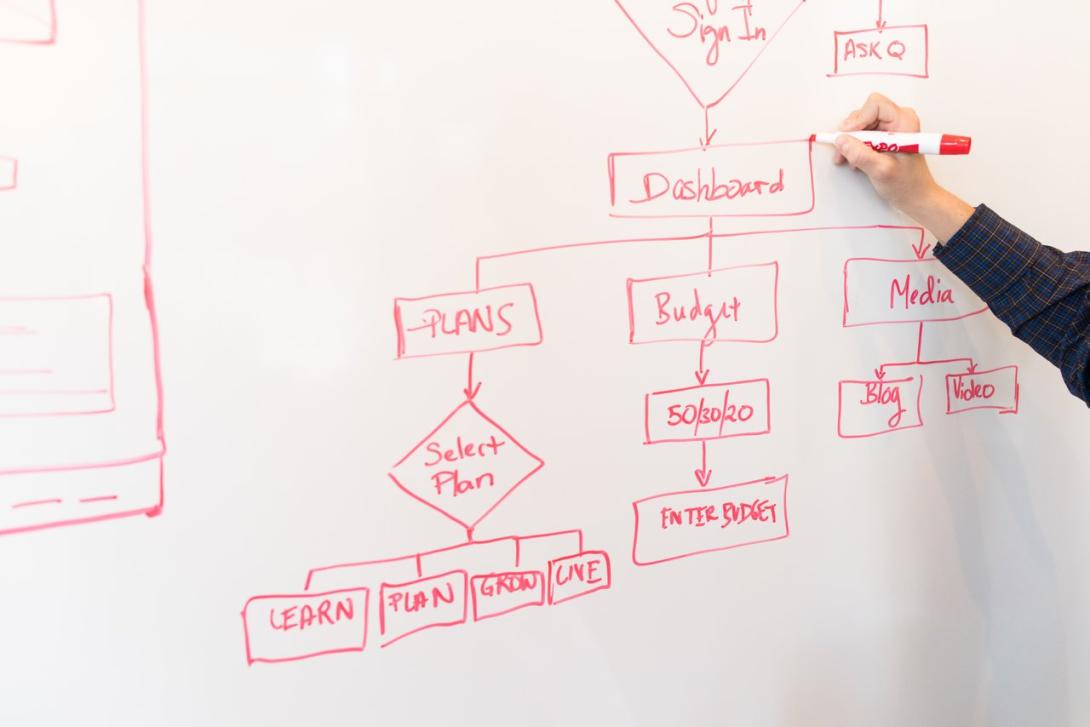Workflow bottlenecks can mean a significant loss of time, money, and resources for your organization. As one person or department rushes to complete an overwhelming workload, the staff members responsible for the next step in the process are idle. This lack of efficiency has a greater impact than payroll costs. Bottlenecks can prevent the delivery of products and services on time, lowering customer confidence.
Signs of a bottleneck in the workflow
Identifying process bottlenecks can be difficult when there is no formal workflow management strategy. However, there are a number of signs that may indicate that processes are not operating with maximum efficiency.
- Tasks are frequently frozen in a particular department, or there are often delays in the completion of tasks by a particular individual.
- There is a noticeable imbalance in terms of workload. Some employees and departments are constantly busy, while others have excessive downtime.
- Tasks and work performed in a certain department or by a certain person are often returned for rework due to errors and quality issues.
Cumbersome approval processes are a common example of workflow bottlenecks. Whether in relation to purchases or reimbursement of expenses, many organizations require a series of approvals by various decision-makers. In those situations, a single absent person can bring the entire process to an abrupt halt. Fortunately, it is possible to alleviate bottlenecks and smooth the process flow. You need to use business process mapping and end-to-end workflow management.
Identify the gaps in the workflow
The first step is to take another look at the process mapping strategy. This is particularly important if your current business process map is an informal outline. There are a variety of business process mapping techniques that can effectively illustrate workflows down to the level of detail necessary to locate and correct inefficiencies.
Advanced business process mapping software has become the preferred method for simplifying activities related to workflow management through automation. Workflows software uses key performance indicators (KPIs) to measure the efficiency of processes and employees. This makes it easy to identify and eliminate slow paths and bottlenecks. In addition to analyzing the efficiency of processes and the effectiveness of employees, these systems are capable of analyzing costs and savings. In turn, this allows us to minimize waste and maximize profits.
The importance of the Dashboard
The Dashboard makes essential workflow information accessible at a glance, eliminating the need to manually generate process reports. The dashboard is often divided into sectors to differentiate between individual KPIs. When choosing a workflow platform, make sure that the customization of dashboards is an option so that you can design and organize according to the needs of your company's specific workflows.
Eliminating workflow bottlenecks from your business processes starts with identifying its pain points. Business process mapping using business process management software ensures that specific areas and individuals that have issues can be identified. Accelerate the identification of bottlenecks with a custom dashboard that gives you complete transparency on key performance indicators.
To start optimizing the efficiency of your workflows and customizing your own dashboard, obtain a free trial of our Workflows software.


Comments